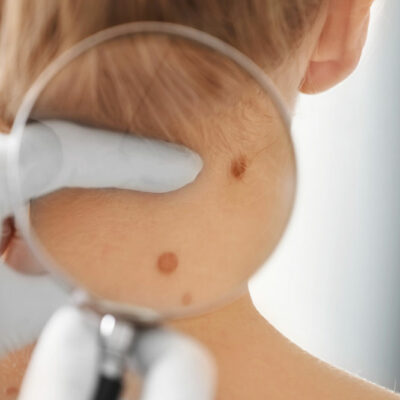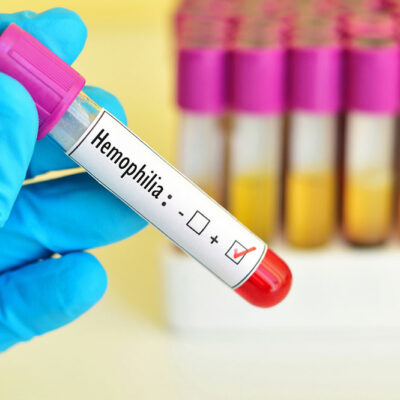
Health
Be Aware of the Common Melanoma Risk Factors
Melanoma is considered to be the most serious type of skin cancer. This cancer develops in the melanocytes. Melanocytes are the cells that produce melanin in our body. This condition can also form in the eyes but rarely in the intestines. Knowing the risk factors for melanoma will help you understand the condition better. Let’s discuss them here. Sun Exposure Exposure to ultraviolet (UV) rays plays an important role in the development of this cancer and is one of the major risk factors for melanoma. People living at high altitudes, or at places where the sun is too bright all year-round are at higher risk of developing skin cancer. Exposure to tanning beds and sun lamps also puts you at risk. Moles A person with many moles is at risk of developing melanoma. Some people have many moles; these moles are called dysplastic nevi or atypical moles. They have an irregular shape or color. They can be found on both, a sun-exposed body part or an unexposed one. Atypical moles are often hereditary. Fair skin People with a fair complexion, blonde or red hair, blue eyes, and freckles look pretty but all these features increase the risk for melanoma. Caucasians are at a higher risk of melanoma than African Americans.
Read More 











